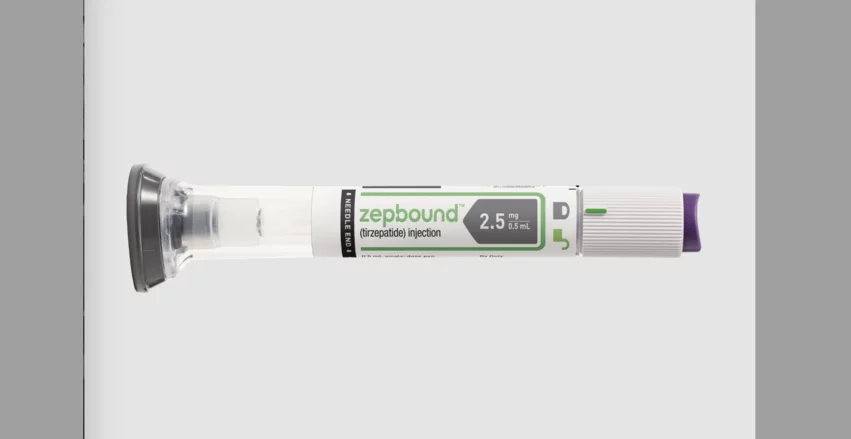Diabetes drug tirzepatide linked to more significant weight loss than semaglutide
Diabetes drug tirzepatide is associated with significantly more weight loss than semaglutide, according to a new analysis published in JAMA Internal Medicine.[1]
A bit of background about tirzepatide and semaglutide
The study’s authors noted that tirzepatide and semaglutide represent significant progress compared to previous weight reduction medications.
Tirzepatide is sold by Eli Lilly and Company under the brand names Zepbound and Mounjaro. It was originally approved by the U.S. Food and Drug Administration (FDA) for the treatment of type 1 diabetes in 2022. In 2023, it gained an additional FDA approval for chronic weight management in adult patients who are obese, overweight or present with at least one weight-related condition such as high blood pressure or high cholesterol. In addition, recent data suggest the drug could also be associated with significant benefits for obese patients battling obstructive sleep apnea.
Semaglutide, meanwhile, is an obesity drug sold by Novo Nordisk under the brand names Wegovy and Ozempic. It gained considerable attention when the FDA approved its use to help obese and overweight patients reduce their risk of major adverse cardiovascular events, and Medicare even announced it would start covering semaglutide, a step previously unseen when it came to obesity medications.
Is tirzepatide or semaglutide better for weight loss in obese patients?
While it has been established that tirzepatide leads to more weight loss than semaglutide in patients with type 2 diabetes, researchers noted that more information is still needed about how they compare in general obese/overweight patient populations.
The group tracked Truveta data on more than 41,000 overweight or obese patients first given tirzepatide or semaglutide from May 2022 to September 2023. Their analysis was limited to patients with “regular interactions” with their health system to ensure outcomes could be properly tracked. Baseline weight was comparable between patients prescribed the two medications. Patients prescribed tirzepatide were less likely to present with type 2 diabetes than semaglutide.
The final analysis used propensity score matching to narrow the data down to 18,386 patients—9,183 prescribed each of the two medications. The mean age was 52 years old, 70.5% were women and the mean baseline weight was 242.5 pounds. While 77.1% of patients were white, 11.8% were Black and 1.9% were Asian.
Weight loss was more likely among patients given tirzepatide. Also, weight loss changes were more significant for that group after three, six and 12 months. The difference between medications became more obvious as time went on—the difference in weight loss was 5% after three months, but ended up at 15% after 12 months.
Gastrointestinal adverse events, meanwhile, were seen in similar amounts in the two groups; neither medication was associated with a significant safety advantage.
“In this large, propensity-matched, cohort study, individuals with obesity treated with tirzepatide were significantly more likely to achieve clinically meaningful weight loss and larger reductions in body weight compared with those treated with semaglutide,” wrote first author Patricia J. Rodriguez, PhD, a Truveta researcher, and colleagues.
Click here for the full analysis.



